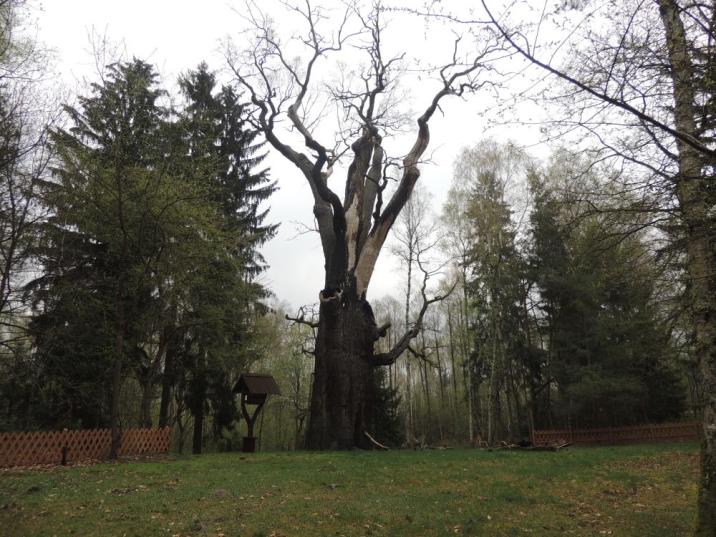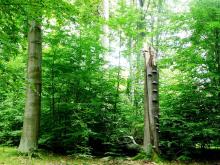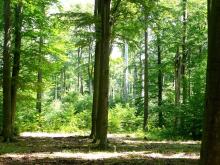
Forest resources
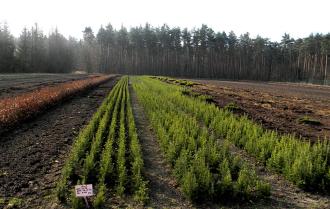
Forest cultivation
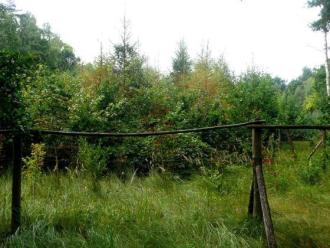
Forest protection
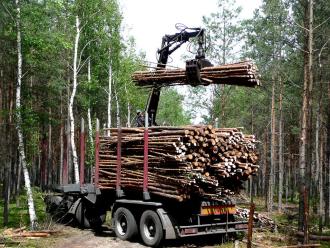
Forest use
Forest management

Hunting

Supervision of non-state forests
 Asset Publisher
Asset Publisher
„Chrobry” - wiosna 2018
„Chrobry” - wiosna 2018
Od pożaru dębu „Chrobry” minęło już ponad trzy lata.
Zdarzenie miało miejsce 19 listopada 2014 r. Ogień podłożony był we wnętrzu drzewa (pień jest pusty od środka), a następnie przeniósł się przez otwory po usuniętych w latach poprzednich, suchych konarach na stronę zewnętrzną pnia oraz koronę. W związku z powyższym opalona została zarówno zewnętrzna strona pnia jak i jego środkowa część.
W minionym okresie wegetacyjnym, ulistnienie rozwinęło się prawidłowo jedynie na ¼ głównych konarów na których nie zaobserwowano zewnętrznych oznak chorobowych (ubytki kory, owocniki grzybów). Pozostała część korony drzewa była martwa, pozbawiona całkowicie ulistnienia. Na martwych konarach występowały ubytki kory oraz owocniki grzybów – huby siarkowej oraz ozorka dębowego, co jest oznaką postępującej martwicy drewna.
Na dzień dzisiejszy statyka drzewa jest prawidłowa, aczkolwiek przechodzący nad Polską w dniach 5-6 października ubiegłego roku orkan Ksawery, również nie oszczędził dębu „Chrobry”. Na skutek porywistych podmuchów wiatru obłamał się jeden z obumarłych, a tym samym kruchych konarów.
Optymistycznym sygnałem jest fakt pojawienia się pąków, na żywej części konarów, które pozwalają z nadzieją mówić o tegorocznej przyszłości drzewa.
Ostatecznie - kondycję drzewa będzie można ocenić w maju – po całkowitym rozwoju ulistnienia.
Na temat przyszłości dębu „Chrobry”, podobnie jak na temat każdego innego organizmu żywego, ciężko jest rokować. Drzewo przeżywszy 750 lat pokonało wiele przeciwności losu. Pozostaje więc jedynie mieć nadzieję, że i tym razem wyjdzie z tej opresji zwycięsko. Dąb pozostaje obiektem troski leśników oraz lokalnej społeczności, w tym jej najmłodszych przedstawicieli.
Tekst: Tomasz Śmigielski


